Yates Account
Join now
Create a Yates account today!
Sign up to join the Yates Garden Club for monthly e-mails packed with seasonal inspiration, tips for success & exclusive promotions.
Plus if you’re a Garden Club member you can take part in the Yates Growing Community - a blog to share successes, get advice & win prizes in fun challenges along the way!

Forgot password
Enter the email address associated with your account, and we'll email you a new password.
Gastropoda

What are Snails and Slugs?
Slugs and snails are members of the very large Mollusc family. Technically, that means they're soft bodied animals that all have a broad, muscular 'foot' for moving around. Some molluscs form themselves a protective shell out of calcium carbonate, but many don't have a shell at all. Most have rasping mouthparts called a 'radula', that can do some serious damage to plants when they feed.
They prefer moist environments and live off decaying animal matter, algae, and plant material such as leaves and stems. Slugs and snails are most active on cool, wet nights with high humidity.
Symptoms
Look for silvery trails, which can dry and appear like gold dust. These trails are the mucus snails and slugs secrete to move around.
The most common clue is holes chewed in the leaves of plants, along with seedlings being chewed through at the base of stems.

How to protect your plants
Remove hiding places like rocks, pots and pipes if they're close to your garden plants. Check and bait any protected, moist areas that they can use as shelter during the day.
Plants impacted
- Begonias
- Nasturtiums
- Lilies
- Brassicas
- Lettuce

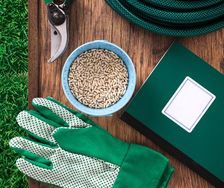
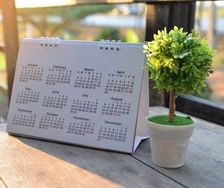
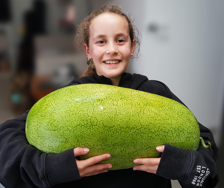
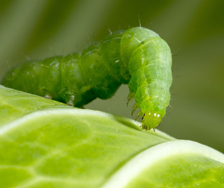

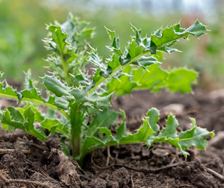
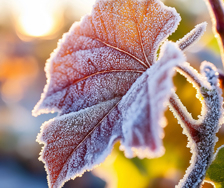
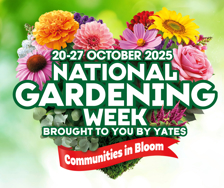






Share
Share this article on social media